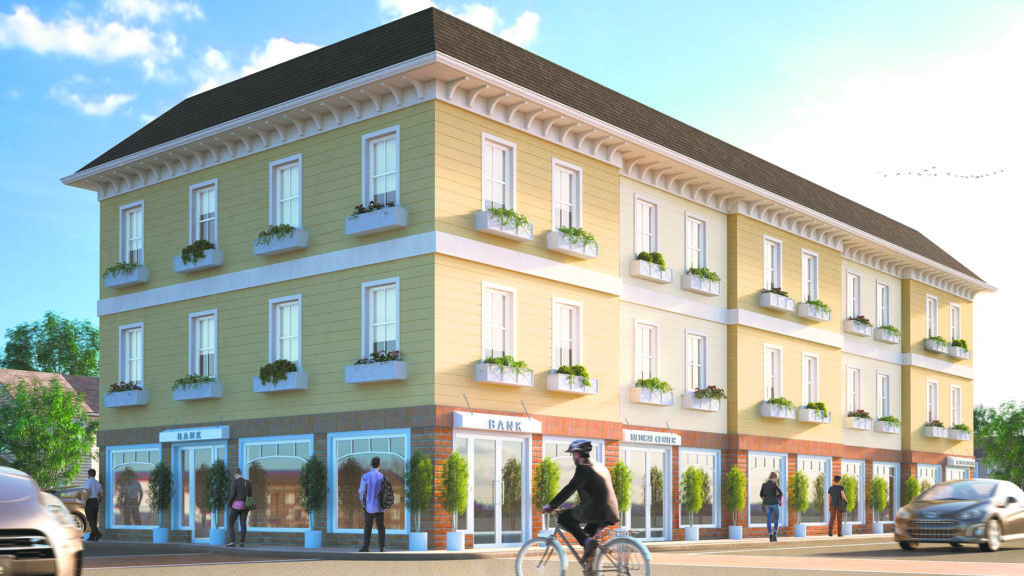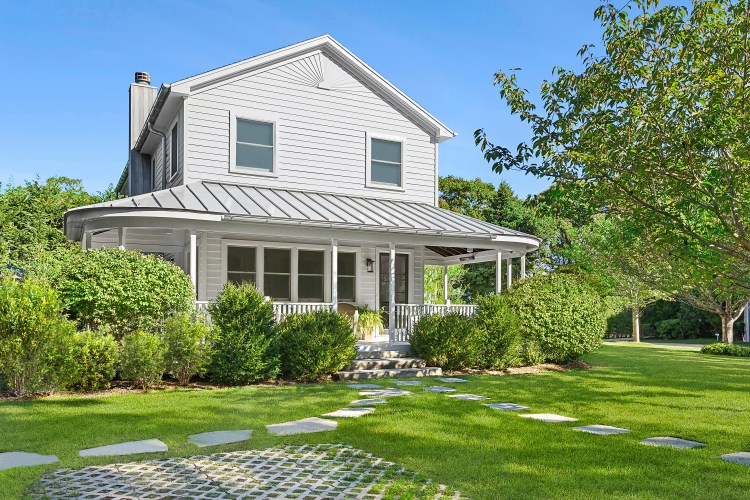Is the cost of living too high in Nassau County?
Absolutely, especially if you are not rich and unable to take advantage of Manhattan’s amenities.
Many blame high taxes on the county’s high cost of living, but that doesn’t hold up when you look at the numbers.
Yes, New York is a high-tax state. That is the cost of the state’s relatively generous social programs. In some Nassau County communities, you can add high property taxes in top-performing school districts that spend $40,000 or more per student.
But middle-income people in New York actually pay less in local and state taxes than in California and not much more than in Texas, which offers fewer services than New York and imposes a higher share of taxes on the poor and middle class.
So why the high cost of living? The cost of housing.
The median apartment rent in New York is 25% more than in Dallas, according to Zillow. A house in New York is 40% more than in Dallas.
In September, the median price for a single-family home in Nassau County was $815,000. This was actually below the record $835,000 in August but 8.7% higher than in September 2023, according to OneKey MLS.
A major reason for the high cost of housing is a lack of supply. Thanks to zoning, land-use restrictions and community opposition, New York is in the midst of a housing crisis. And the lack of housing has driven up prices. This is simple economics.
OneKey data shows that fewer than half as many homes were available for sale in Nassau in September 2024 as there were five years ago in September 2019, before the pandemic.
“Our housing market is unique compared to other parts of the country,” Ed Svec, an associate broker at Compass in Rockville Centre, told Newsday. “Other areas where they have more new construction create more of a balanced market at a time like this.”
Long Island’s lack of new housing is made worse by its housing makeup. Nassau and Suffolk counties have the highest percentage of single-family homes—83%—and the lowest percentage of multi-unit structures, with 16% in the state, according to an analysis of home building on Long Island released last week by the Long Island Builders Institute. Only 4% of the multi-unit buildings are considered large structures with 50-plus units.
Opposition to new housing usually centers around concerns about congestion, the impact on schools, and increased expenses for roads and related improvements.
Many of these opponents also oppose a congestion pricing plan to raise funds for mass transit and reduce traffic and pollution in New York City. This plan would also aid clogged roads in Queens and Nassau. The opponents offer no alternatives to reducing traffic in Nassau.
More importantly, the opponents ignore the economic benefits to a county that has struggled to balance its books for the past 25 years.
Matt Cohen, the president and CEO of the Long Island Association, has said that housing costs and availability continue to challenge Long Island’s economy, making it difficult to attract and keep talented employees.
He was joined by Kyle Strober, the president of the Association for a Better Long Island, at a 2023 conference supporting pro-housing incentives instituted by Gov. Kathy Hochul.
“Affordability continues to be a systematic problem on Long Island and prevalent in our housing markets,” Strober said. “To address this problem, our region needs diverse options, especially affordable and transit-oriented multi-family options.”
The Long Island Builders Institute released a study last week showing the benefits of increased home building beyond making housing more affordable on Long Island.
Think about how much better the numbers would be if more housing would be built.
The Long Island Business Institute’s report provides a valuable service by dispelling the myth that Nassau cannot afford more housing. The truth is that we can’t afford not to get more housing.






























